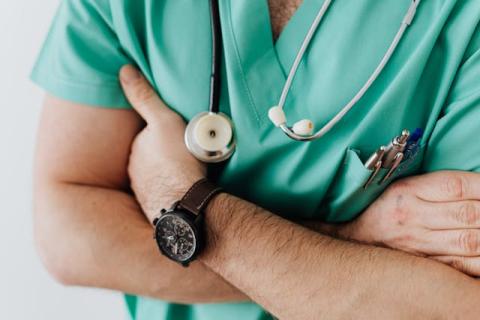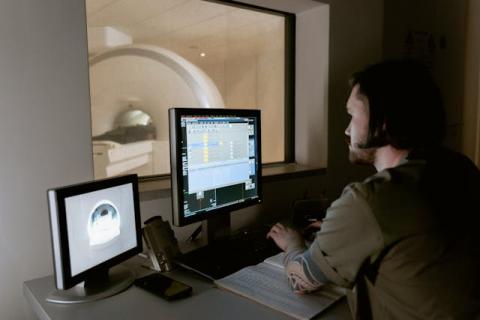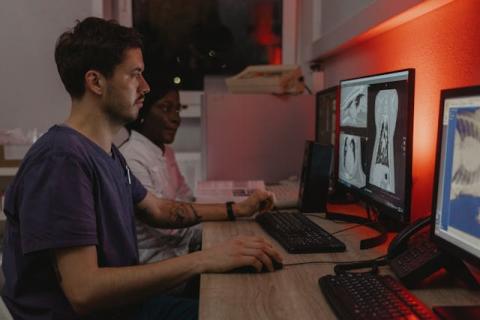Personal Alarms To Help Improve Staff And Patient Safety | Zebra
Employee and patient safety are critical. Increasingly, incidents are reported of healthcare staff experiencing violence in the workplace. Being exposed to all sorts of aggression can be intimidating for clinicians. It is important for healthcare organizations to take precautionary measures and implement tools and solutions to increase the safety of their employees and patients.











